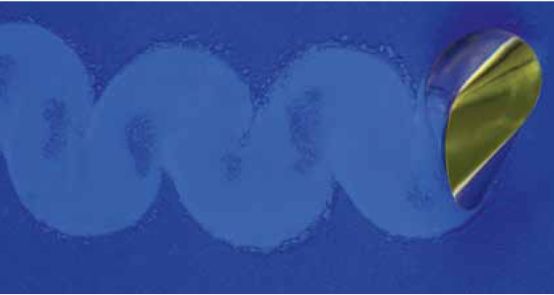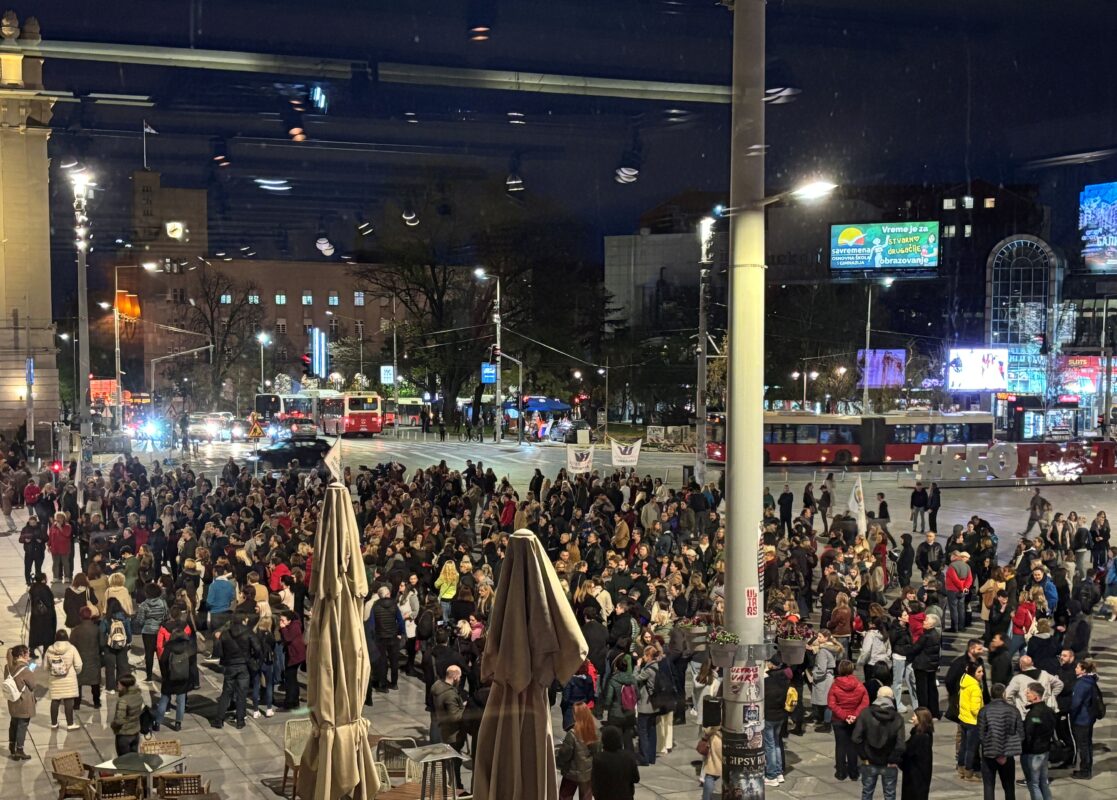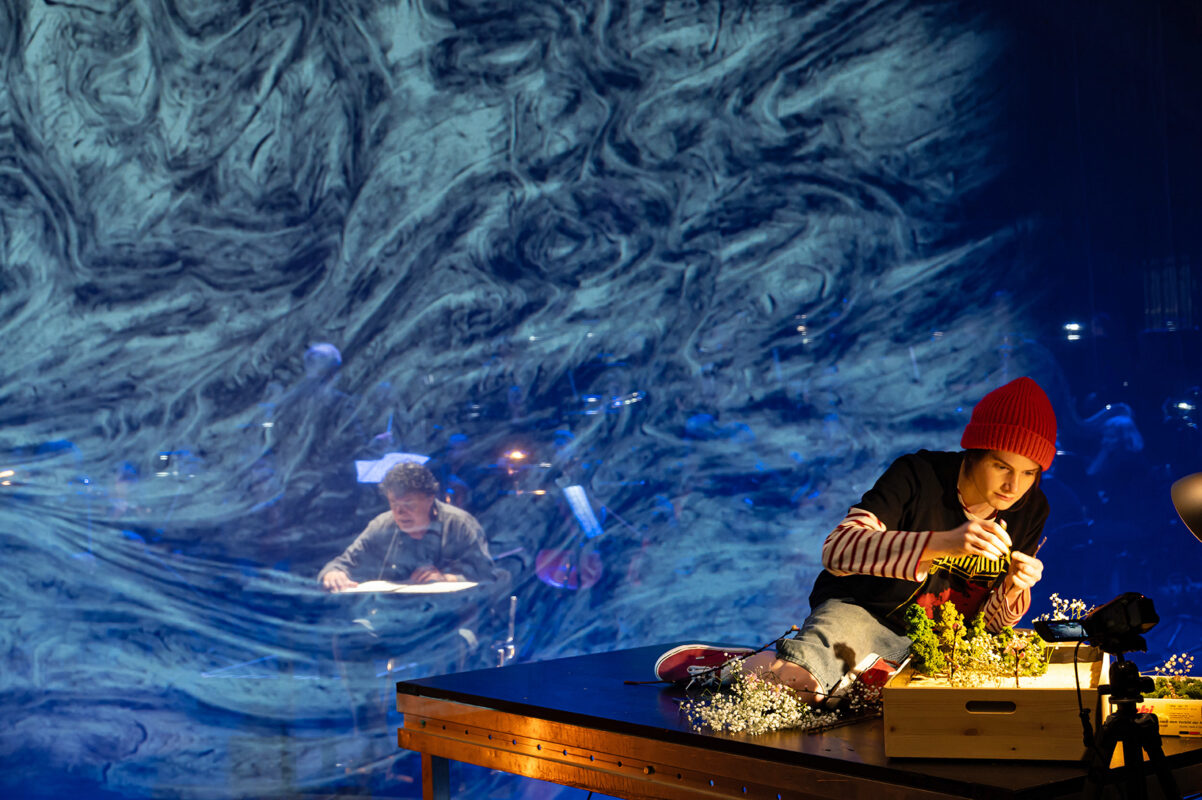Staggering in sound
"Dynamics in flux" is the motto of a concert that alludes to the oloid, an organic body developed by Paul Schatz. The concert will be repeated on March 6 in Untersiggenthal and on May 2 in Biel.

Who knows Paul Schatz? He was an artist, scientist and inventor. Schatz was born in Constance on Lake Constance in 1898. In 1927, he moved to Dornach in Switzerland, where he developed, among other things, a so-called oloid - an organic body that is beautiful to look at and even serves a purpose: The oloid can be used to propel ships as well as a device that circulates liquids. Not violently like a fast-turning screw, but very gently, organically.
That sounds more like stone anthroposophy and mechanics than music. The Ensemble Neue Horizonte Bern builds a bridge to Schatz and his oloid with the concert motto: "Dynamics in the river", and the program note explains further: "All compositions deal with the thematic complexes of river-water-port, but also current-lock-trade transshipment point-swans-Rhine, Danube, Vltava and other near or remote places." With an unmistakable nod to the Czech composer Bedřich Smetana, the ensemble's pianist Erika Radermacher named her piece for quintet and tape, written in 1984 The Moldau. Urs Peter Schneider composed Element of Water for bassoon and accompaniment in 2003. Beautiful blue Danube in the form of a tape piece by the Polish composer Joanna Bruzdowicz and Le Rhin Allemandwhich Roland Moser wrote for piano as a member of the ensemble.
Strengths and weaknesses
The Ensemble Neue Horizonte Bern has been known for its composed programs since the late 1960s. At the Duisburg Inland Waterways Museum, they also create something "in the river". There are pieces by members of the ensemble and compositions by conceptually oriented English composers. The pieces mostly flow seamlessly, attacca, into one another. They are very different, including some bizarre pieces as well as stronger and weaker ones. The charm of an explanation of a lock remains hidden, which Erika Radermacher explains to the 30 or so visitors in the style of a primary school teacher. Many a realization of text scores, i.e. verbose musical instructions, also tastes stale... and radiates little vitality. More convincing are the strict and very densely composed works by ensemble director Urs Peter Schneider. Only playful on the surface Element waterwhose tone is perfectly captured by bassoonist Marc Kilchenmann. Schneider's piano piece White darkness is convincing - despite being played on an electric piano, which simply sounds alien to art.
It would be wrong to judge a concert by the Ensemble Neue Horizonte Bern solely on the quality of individual pieces. It would be better to let yourself be carried away by the events, to discover a little story here or there, to get involved in the questions and riddles that some radical works or the concert flow as a whole reveal. But immersion is not possible in Duisburg. This is not due to the music or the musicians, but to the accompanying circumstances. An electric piano - especially a cheap one - is an imposition for pianists and listeners alike. In addition, there is a room that may be suitable for acoustic experiments and as an exhibition space, but not for concerts. The reverberation in the vault is enormous. Especially for the ensemble's objective approach, it is more than just counterproductive when a staccato becomes a legato, when some frequencies overlap in such a way that it makes the listener's head spin.
A sonic life of its own
The piece Swell Piecewritten by Englishman James Tenney for Melodicas in 1967, develops a special momentum of its own under these conditions. The overtones overlap piercingly, resounding shrilly in the head. The "tumbling movement of the oloid" was to be adapted to the variable concert program that the ensemble gave on its tour, each time in a different order of pieces. What remained in Duisburg was an audience reeling in the sound - and the simple realization that music does not tolerate every space. Hopefully under better conditions, "Dynamik im Fluss" can be heard again: on Sunday, March 6, in Untersiggenthal (Garnhaus am Wasserschloss) and in Biel on Monday, May 2, at Atelier Pia Maria.








